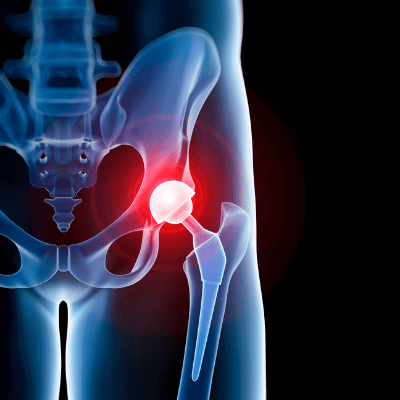One of the common questions many people ask after undergoing hip replacement surgery is, while the exact time frame varies from person to person, it’s important to understand the factors that influence your ability to do so, as well as the steps you can take to make the process easier during your recovery. Let’s dive into what to expect when it comes to regaining your ability to tie your shoes after hip replacement surgery.
The Early Stages of Recovery, Immediately After Surgery
In the immediate aftermath of hip replacement surgery, your ability to bend and move your hip will be limited. The surgery involves replacing the damaged hip joint with a prosthetic, and your body needs time to adjust and heal. During the first few weeks, your hip will be in a vulnerable state, and it’s crucial to follow your doctor’s post-surgery guidelines to avoid dislocating your hip or injuring yourself.
For the first 4 to 6 weeks after surgery, your hip will be healing, and it’s unlikely that you’ll be able to bend down far enough to tie your shoes. The muscles around the hip joint will be weak, and the range of motion will be restricted. During this time, your priority should be focused on healing, reducing inflammation, and managing pain. At this stage, your doctor will likely advise you to use assistive devices such as a walker or crutches to reduce the stress on your hip and improve your mobility.
The Recovery Process, Regaining Mobility
As you progress in your recovery, which typically begins around 6 weeks, you may be able to increase your range of motion. However, tying your shoes will still be challenging, as bending down to reach your shoes might put strain on your hip. This is when physical therapy plays a crucial role in improving your flexibility, strength, and mobility. Your therapist will guide you through exercises that help improve your hip’s movement and teach you safe ways to bend and twist without putting unnecessary pressure on your new joint.
At this point, you may still need assistance from a family member or caregiver to tie your shoes or use a long-handled shoehorn to help you put your shoes on without bending too much. Many patients find that using adaptive equipment such as a shoe-tying device or sock aid makes life easier and more independent while they regain strength and range of motion.
The 3-Month Mark, Gradual Improvements
By the time you reach the three-month mark, your hip should have healed significantly, and your physical therapy will be focused on regaining full strength and flexibility. While you may still experience some stiffness and mild discomfort, most patients can begin to perform daily tasks like tying their shoes with less assistance. You’ll likely have regained more of your range of motion by now, allowing you to bend forward or sideways with less effort.
It’s important to note, however, that you may still need to make adjustments to how you bend down to tie your shoes. This might involve adopting a more comfortable position, like sitting on a chair or bench, rather than bending over from a standing position. If bending down is still challenging, there are tools available, such as shoe-tying aids, that can help you loop the laces and tie your shoes without having to bend too far forward.
6 Months Post-Surgery, Full Independence
By the six-month mark, most patients who have had hip replacement surgery are able to perform most activities of daily living without assistance, including tying their shoes. At this point, your hip should be well on its way to full recovery, and you should have nearly normal range of motion and strength. You may still need to be cautious when bending over or making sudden movements, but with proper technique and gradual practice, you should be able to tie your shoes independently.
If you're still struggling, your physical therapist can help you refine your movements and ensure you’re using the correct posture to avoid putting strain on your hip. Many people find that, with time and the right exercises, they can return to activities that once seemed impossible after surgery, such as tying shoes, picking up objects from the floor, and even returning to exercise.
Tips for Tying Your Shoes During Recovery
While you're working towards full independence, here are a few tips to make tying your shoes easier during the early stages of recovery:
-
Use Shoe Tying Aids:
There are several tools available to assist with shoe-tying, such as long-handled reachers or shoe-tying devices that can make the process easier without requiring you to bend down too much.
-
Sit While Tying Your Shoes:
Sitting in a chair or on a stool while tying your shoes will take the strain off your hip and help you avoid bending forward too far.
-
Opt for Slip-On Shoes:
If bending to tie shoes is still a challenge, consider wearing slip-on shoes, elastic laces, or Velcro shoes until you regain your full range of motion.
-
Take Your Time:
Don’t rush the process. It’s normal for things to take longer as you heal. Give yourself grace as you work on regaining your mobility.
Conclusion:
In general, the ability to tie your shoes after hip replacement surgery will vary depending on your recovery progress. While you likely won’t be able to tie your shoes during the first few weeks, most patients are able to do so within 3 to 6 months after surgery. Patience, proper rehabilitation, and the right tools can make a huge difference in your recovery and help you regain your independence. Always consult your surgeon or physical therapist for personalized advice on when it’s safe to resume specific activities like tying your shoes.
-
For More Other Treatment Below Link:-
